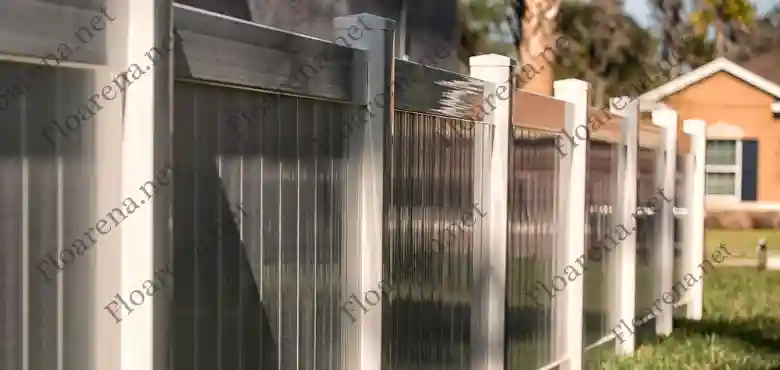A residential fence is more than just a boundary. It’s an extension of your home’s identity and a feature that offers a touch of security and privacy. Understanding the best approaches to fence design can make a significant difference.
This is whether you’re a homeowner looking to refresh your property’s look or a designer aiming to enhance your client’s outdoor space. In this post, we’ll explore some comprehensive tips and ideas to help you craft the perfect residential fence. Read on.
The Purpose of Your Fence
The first step in designing a residential fence is to determine its intended function. Will it primarily serve to keep children or pets safe in the yard? Perhaps you need a high level of security and want to keep intruders out.
In some cases, the fence is purely decorative, marking the perimeter of your property with elegance. By establishing its primary function, you can then consider the height, materials, and style that will be most effective. It is also helpful to consult an expert to learn more about backyard fencing.
Materials and Maintenance
Once the purpose is clear, the fence material selection becomes a pivotal part of the design. Wood fences offer a warm, natural look but require regular maintenance. Vinyl fencing is low-maintenance and comes in a variety of styles but may not have the same aesthetic appeal as wood.
Metal fences, such as wrought iron or aluminum, offer durability and security, with the former often adorned with intricate details for an appealing look. Understanding the pros and cons of each material will help you make an informed decision.
Style and Aesthetic Considerations
Residential fences contribute to the overall curb appeal of a home. Therefore, it’s crucial to select fence styles that complement the architecture and landscaping. For a classic, timeless look, consider a picket fence.
If privacy is your main concern, a solid panel fence may be the best option. Latticework can add a decorative element and support climbing plants for a more natural and softer look. Don’t forget the gates-they should be functional, match the style of the fence, and serve as an attractive focal point.
Legal and Ethical Considerations
Before finalizing your fence design, it’s essential to be aware of local zoning laws and neighborhood regulations. Some areas have strict rules regarding the height and type of fences allowed. Always obtain the necessary permits, and if possible, have a conversation with your neighbors about your plans to ensure that your new fence won’t encroach on anyone’s views or property lines.
Professional Installation and DIY Options
Once your design is set, you’ll need to decide whether to tackle the installation yourself or hire professionals. DIY can save money but may lead to complications.
Professional installation ensures a high-quality finish and can save time and effort. If you do opt for professional services, be sure to communicate your design vision clearly and stay involved in the process to ensure you’re happy with the final result.
Get the Right Residential Fence for You
In conclusion, whether you are looking for privacy, security, or a decorative element for your home, there are endless possibilities when it comes to designing the perfect residential fence. With these tips and ideas in mind, you can create a fence that not only meets your needs but also enhances the overall aesthetic of your property.
Now, it’s time to start planning and designing your dream fence! Don’t forget to share your ideas in the comments below and show off your masterpiece when it’s complete. Happy designing!
If you want to read more articles, visit our blog.






